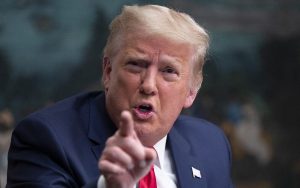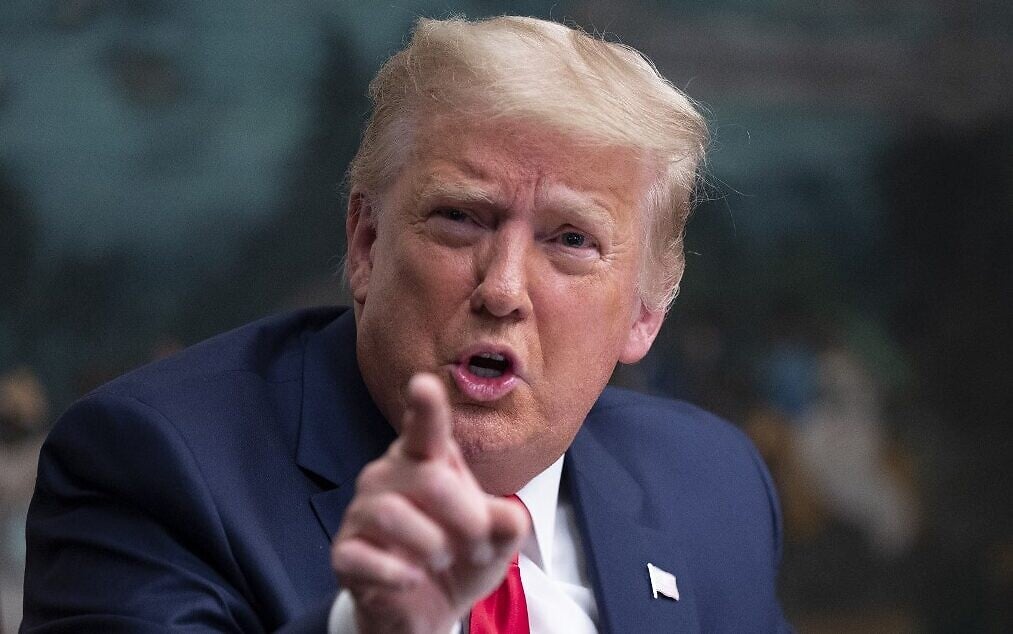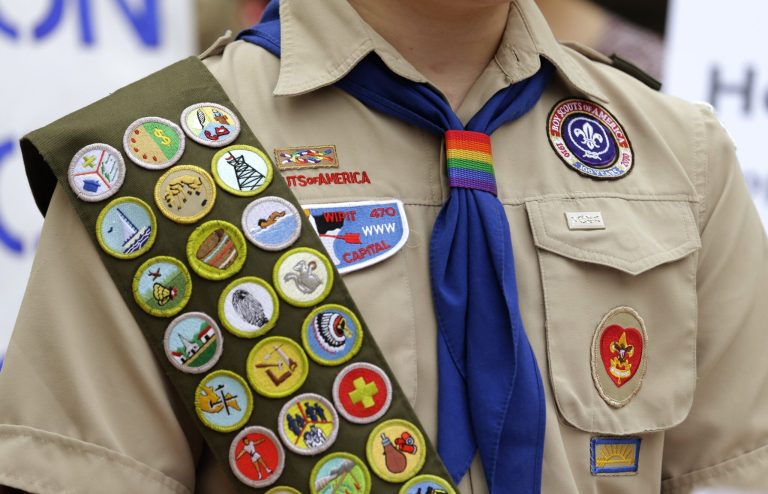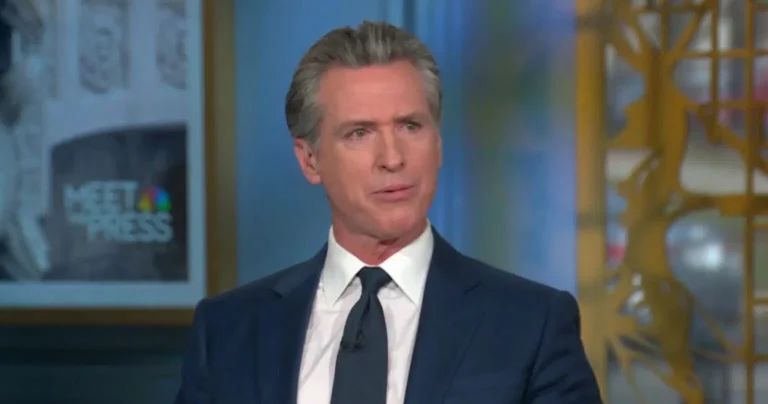Donald Trump has accelerated his push to deliver a final peace agreement in the Ukraine war, urgently dispatching his most trusted envoy to Moscow as new tensions emerge over the latest draft framework. The move underscores rising concern inside Washington that the delicate balance achieved earlier this year could unravel unless both sides recommit to the process that Trump initiated directly with Vladimir Putin.
The journey of Trump’s peace plan — once a sweeping 28-point blueprint shaped during the Alaska summit — has entered its most precarious stage yet. According to a senior US official, Ukraine accepted a revised 19-point version of the agreement on Tuesday. But while Kyiv signaled its approval, the updated plan introduces shifts that are viewed as less favorable to the Kremlin, raising immediate fears that Russia may reject the document outright.
The revisions, shaped largely through US-Ukrainian talks, grant Washington and Kyiv final decision-making authority on certain territorial disputes and security guarantees. Russian foreign minister Sergei Lavrov responded sharply, warning that if these newly sharpened terms “erase key understandings” that Putin believed were settled with Trump, the situation could “fundamentally” change. His remark was widely interpreted as a direct signal that Moscow views the new framework with deep skepticism.
Trump acknowledged the rising anxiety later in the day, posting on Truth Social that the original peace plan had been adjusted but not abandoned. “The original 28-point peace plan, which was drafted by the United States, has been fine-tuned, with additional input from both sides, and there are only a few remaining points of disagreement,” he wrote. The message was meant as reassurance to his supporters and to international observers who have watched the negotiations inch forward under intense pressure.
As Trump explained, he has sent special envoy Steve Witkoff — widely credited as the architect of the Gaza peace accord — to Moscow for direct talks with Putin. Witkoff’s assignment is seen not only as strategic but symbolic: Trump rarely deploys him unless conditions are exceptionally sensitive or the stakes are high. His presence in Moscow signals the urgency the administration places on stabilizing the process.
“I look forward to hopefully meeting with President Zelensky and President Putin soon,” Trump added, “but only when the deal to end this war is final.” His statement suggests he views his personal involvement as the final seal — not part of the negotiation’s grind but the moment of closure.
A peace plan under strain
Optimism surged earlier Tuesday when reports indicated that Ukrainian President Volodymyr Zelensky had accepted the new terms. But within hours, skepticism returned as analysts warned that Putin would likely refuse the updated proposal, pointing to the substantial concessions now favoring Ukraine.
The earlier framework included several points that had been considered major wins for Moscow: strict limits on Ukraine’s military, permanent rejection of NATO membership, territorial arrangements in the Donbas, and a requirement that Kyiv hold elections within 100 days. Those provisions have either been amended or set aside altogether, significantly altering the landscape.
Russia had previously accepted a cap of 600,000 Ukrainian troops, but the new plan allows Ukraine to maintain an army of up to 800,000 — a dramatic increase emphasizing Washington’s willingness to bolster Kyiv’s defensive posture. Amnesty provisions for wartime atrocities, once included as a major incentive for Russia, have been removed entirely. And the earlier concept of handing large portions of Donbas to Russia as a demilitarized zone has been shelved for now, another shift viewed as unfavorable to the Kremlin.
Zelensky confirmed that discussions with Washington remain active, writing on X: “I am grateful for all of America’s efforts and personally for President Trump’s efforts.” His tone suggested cautious cooperation — an acknowledgment of the pressure being applied, but also an affirmation of alignment with Washington’s broader diplomatic strategy.
The secret talks behind the scenes
Much of the progress in the past week came through a series of face-to-face meetings involving Trump’s diplomatic team. Army Secretary Dan Driscoll, operating as part of the larger peace delegation, met with Russian representatives in the United Arab Emirates on Monday. Those talks followed weekend negotiations with Ukrainian officials in Geneva, which a US official described as focused on closing the remaining gaps before presenting the updated document.
A senior US Army spokesperson, Lieutenant Colonel Jeffrey Tolbert, confirmed Driscoll’s involvement, saying: “Late Monday and throughout Tuesday, Secretary Driscoll and team have been in discussions with the Russian delegation to achieve a lasting peace in Ukraine. The talks are going well and we remain optimistic.” Tolbert emphasized that Driscoll remains tightly aligned with the White House and other US agencies as negotiations continue.
White House press secretary Karoline Leavitt echoed that sentiment, emphasizing that the administration has achieved “tremendous progress” by bringing both Ukraine and Russia into structured dialogue. She noted that only “a few delicate, but not insurmountable, details” remain unresolved.
These statements highlight an administration working intensely to maintain momentum — even as the ground shifts under its feet.
Trump’s strategic pressure campaign
Trump’s approach has been defined by direct pressure, strategic timing, and the willingness to push allies and adversaries alike toward a resolution. His recent success in navigating the Gaza hostage-ceasefire arrangement has bolstered confidence within his administration that similar tactics could work in Ukraine.
Determined to capitalize on that momentum, Trump reportedly increased diplomatic pressure on Zelensky last week, urging him to accept the new terms and warning that American intelligence sharing and weapons support could be reevaluated if Kyiv refused to engage seriously. The move stunned some European allies, who were accustomed to broader consultation in previous US administrations. But Trump viewed rapid progress as essential, and his administration delivered the updated plan to Kyiv late last week with a Thursday signing deadline.
Sources familiar with the matter described Trump’s strategy as intentionally forceful — an effort to create conditions where negotiators on both sides would feel compelled to finalize the agreement rather than allow it to drift into further uncertainty.
A fragile path toward ending the war
Since Russia’s invasion began in February 2022, the war has claimed an estimated 300,000 lives. For nearly three years, diplomatic attempts to end the fighting have repeatedly collapsed. Trump has sought to break that cycle through a combination of personal diplomacy, high-risk negotiation, and the involvement of envoys who operate outside the traditional bureaucratic machinery.
The Alaska summit between Trump and Putin in August was the turning point, where the original 28-point peace plan first took shape. For several months afterward, both sides indicated cautious cooperation. But as details hardened and both Ukraine and Russia sought to protect core interests, the trust required to complete the deal began to erode.
Ukraine’s acceptance of the new 19-point framework signals a willingness to move forward — at least under US guidance. But Russia’s reaction remains uncertain, and Lavrov’s warnings suggest Moscow is deeply wary of the alterations.
With Witkoff now in Moscow, the next several days are expected to be decisive. If Russia agrees to resume negotiations under the revised framework, the pathway to a final agreement could reopen. If Moscow rejects the proposal outright, Trump may be forced to design yet another version or return to direct talks with Putin to salvage the process.
The stakes for Trump
The Ukraine peace process has become a central test of Trump’s foreign-policy doctrine. A successful agreement would mark one of the most significant diplomatic achievements of his presidency, especially coming on the heels of the Gaza breakthrough. Failure, however, would invite criticism that his unorthodox, high-pressure style overreached at a critical moment.
Trump’s decision to personally involve Witkoff — someone known for quiet but effective back-channel diplomacy — underscores the seriousness with which he views this phase of the negotiations.
For Trump, Putin, and Zelensky alike, the next steps will determine whether this war moves closer to its conclusion or remains locked in stalemate.
And with the Kremlin’s reaction still uncertain, Trump’s envoy now enters Moscow carrying both the weight of expectation and the urgency of a conflict that the world increasingly expects America to bring to an end.

Emily Johnson is a critically acclaimed essayist and novelist known for her thought-provoking works centered on feminism, women’s rights, and modern relationships. Born and raised in Portland, Oregon, Emily grew up with a deep love of books, often spending her afternoons at her local library. She went on to study literature and gender studies at UCLA, where she became deeply involved in activism and began publishing essays in campus journals. Her debut essay collection, Voices Unbound, struck a chord with readers nationwide for its fearless exploration of gender dynamics, identity, and the challenges faced by women in contemporary society. Emily later transitioned into fiction, writing novels that balance compelling storytelling with social commentary. Her protagonists are often strong, multidimensional women navigating love, ambition, and the struggles of everyday life, making her a favorite among readers who crave authentic, relatable narratives. Critics praise her ability to merge personal intimacy with universal themes. Off the page, Emily is an advocate for women in publishing, leading workshops that encourage young female writers to embrace their voices. She lives in Seattle with her partner and two rescue cats, where she continues to write, teach, and inspire a new generation of storytellers.








